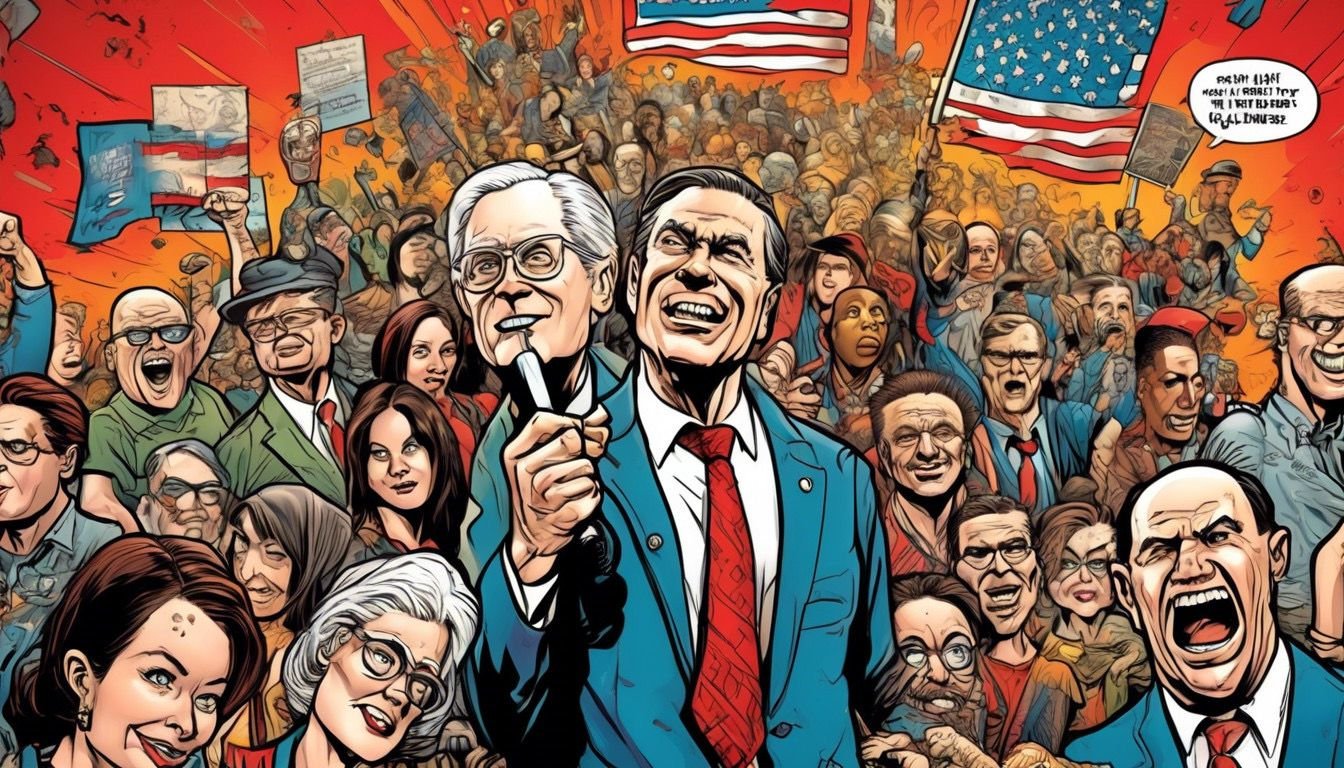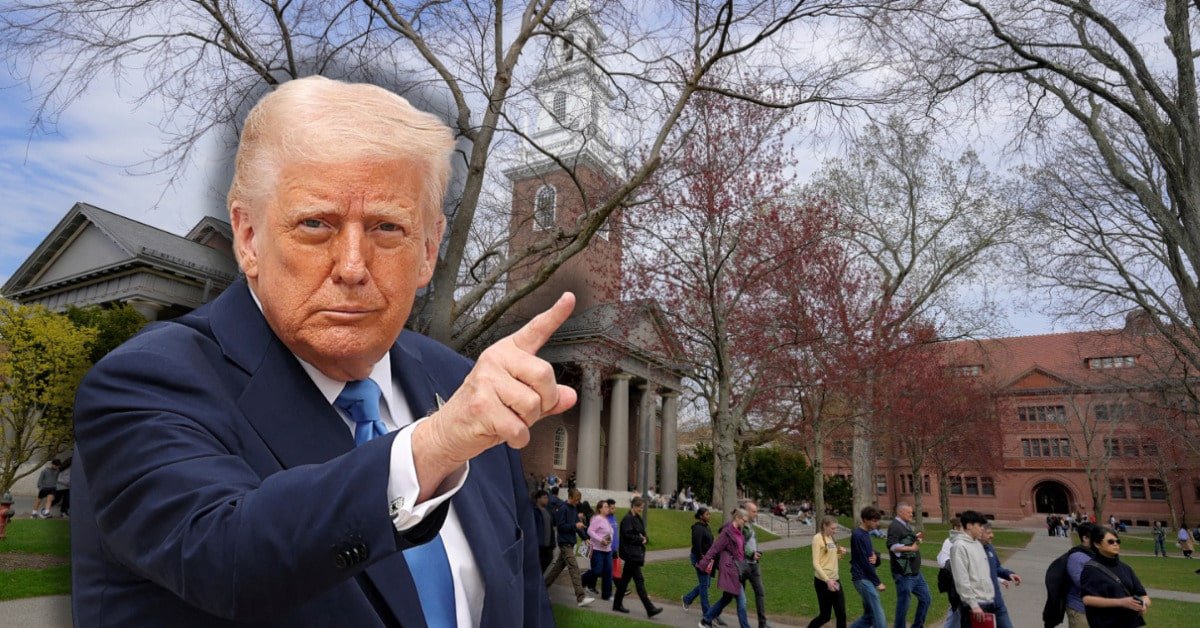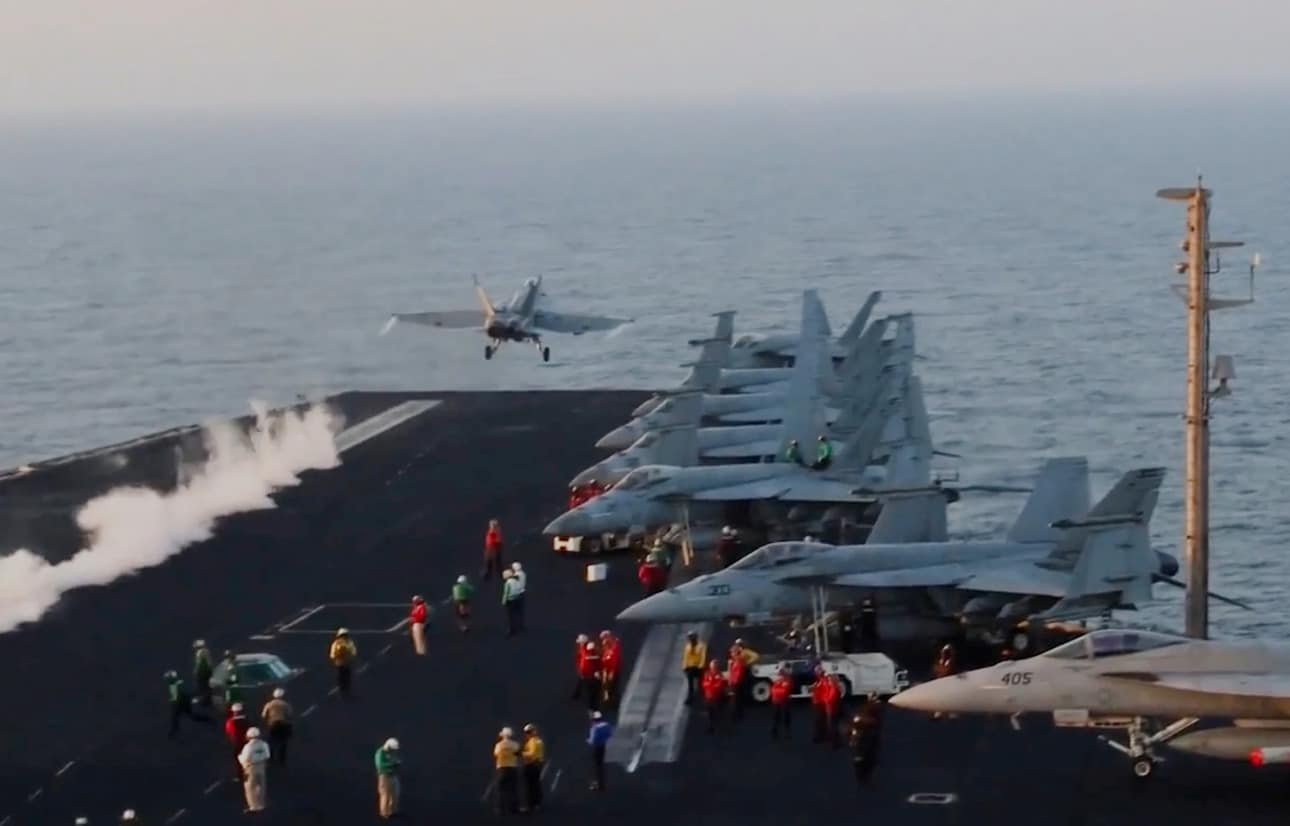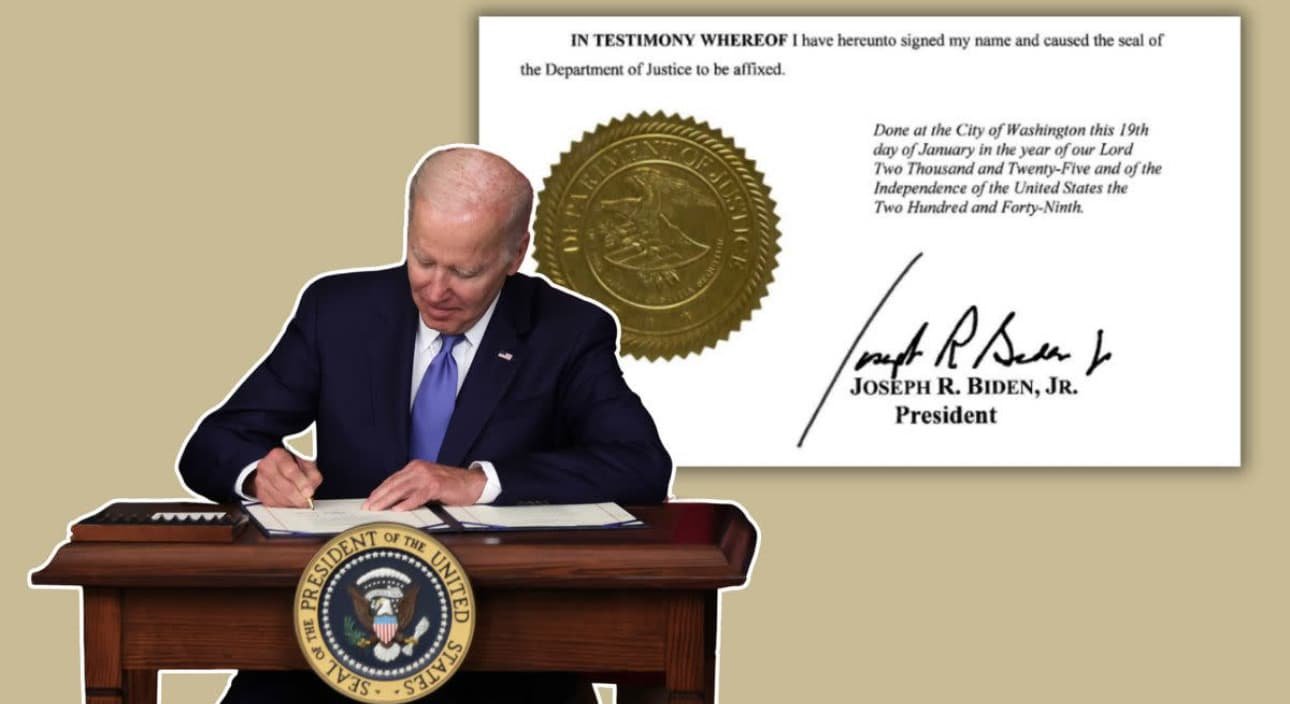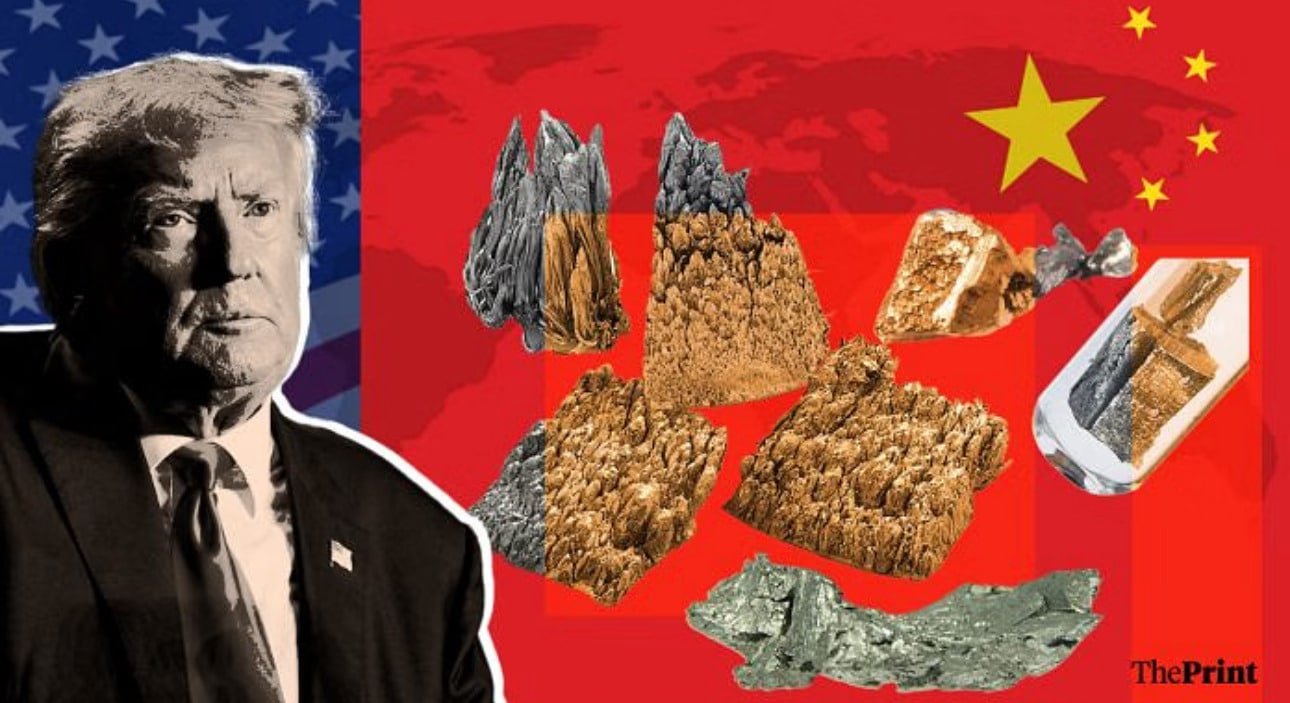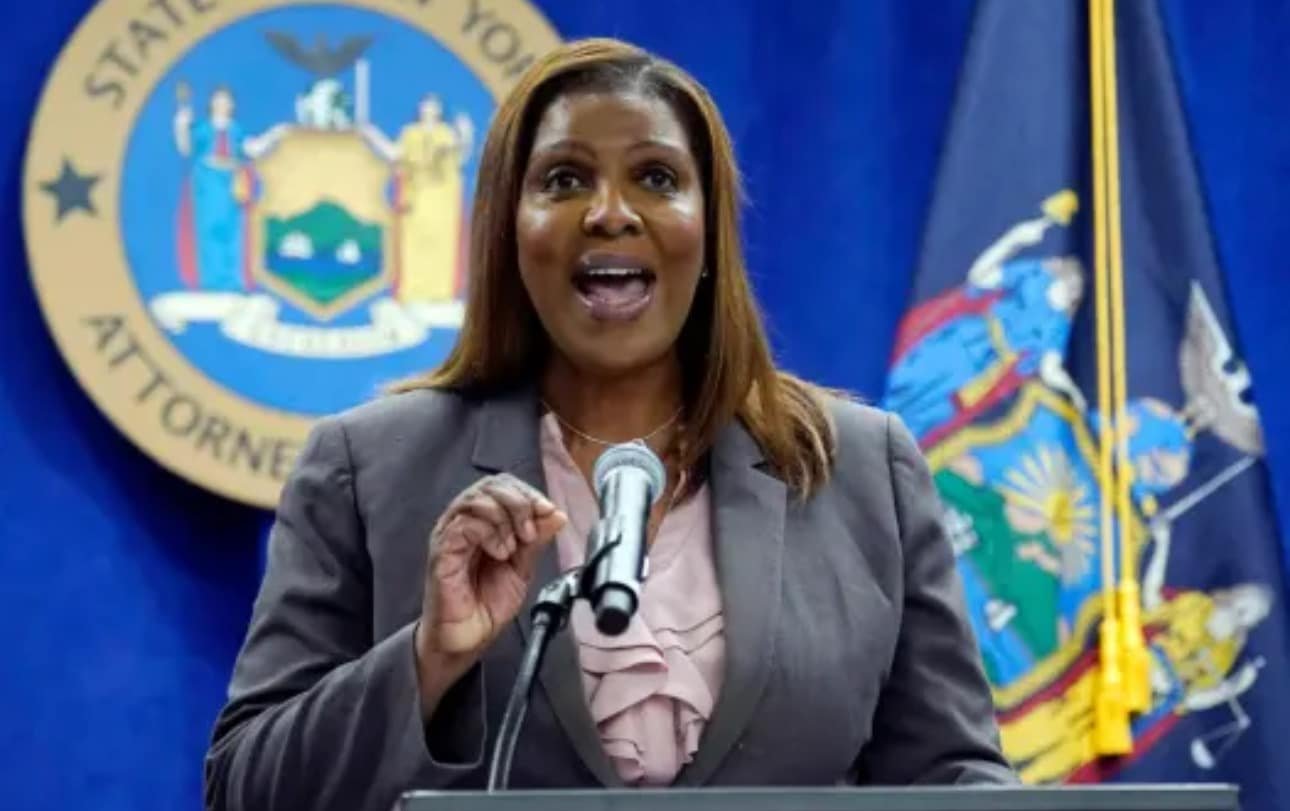The History of Political Cartoons: How They Shaped Modern Politics
Political cartoons are a big part of our American story. They mix with satire and our cherished values. Starting in the 18th century, they were a strong way to question power and sway public views.
They’ve always brought up big issues, stood up for our rights, and sparked important talks. Political cartoons are more than pictures; they show our dedication to free speech and the press. This is key to our democracy. Seeing how they’ve influenced politics helps us value their impact on our society.
Key Takeaways
- Political cartoons have a deep-rooted history that reflects American values.
- They serve as a tool for critiquing authority and shaping public opinion.
- Political satire illuminates complex political issues and celebrates freedoms.
- These cartoons underscore the importance of freedom of speech and press.
- Understanding this history enriches our appreciation for contemporary political discourse.
Introduction to Political Cartoons
Political cartoons mix art and deep thought. They started in the 18th century. These visuals give us a peek into the past, shaping how we see politics today.
Artists use humor and satire to speak out against leaders and laws. This makes us think and laugh at the same time.
Benjamin Franklin’s “Join, or Die” is a great example. It called for unity among the American colonies. This image shows how cartoons reflect our values and get us talking about politics.
They make complex issues simple and powerful. This shows the strength of visual satire in making us aware.
Political cartoons have changed journalism over the years. They reflect our culture and challenges. From the Civil War to today’s memes, they shape public opinion.
Their lasting impact shows why we need to know about political satire. It’s a key part of our modern conversation.
Early Beginnings of Political Cartoons
The start of political cartoons in America is linked to Benjamin Franklin’s vision. He mixed art with political commentary, setting the stage for future growth. These early cartoons were a strong way to share ideas and sway public opinion.
The Influence of Benjamin Franklin on Political Satire
Benjamin Franklin was key in the early days of political satire. His famous cartoon, “Join, or Die,” called for unity against threats. It showed a snake split into parts, symbolizing the colonies’ divisions during the French and Indian War.
Franklin’s satire was both a call to action and a clever jab at opponents. His work showed how cartoons could shape public views and sway political talks.
Political Cartoons in the American Revolution
Political cartoons became more popular during the American Revolution. Artists used them to talk about big issues like freedom and how to govern. These cartoons used humor and satire to highlight the flaws of British rule.
They helped spread revolutionary ideas and got people talking about freedom and justice. This visual commentary helped create a sense of national identity among the colonists.
The Evolution of Political Cartoons in the 19th Century
The 19th century was a big change for political cartoons in America. It brought out famous figures and a special kind of humor. Political cartoons became a key way to talk about important issues and shape politics.
Key Figures: Thomas Nast and His Impact
Thomas Nast was a key figure in political cartoons. His sharp drawings showed the struggles of Americans, like corruption and civil rights. His characters, like Uncle Sam, stood for freedom and justice.
Nast’s humor and sharp critiques made him a master of 19th-century satire.
Political Humor and Its Societal Role
Political humor in this time was more than just fun; it was important for society. Through sharp comments, cartoons highlighted social wrongs and government failures. Artists like Nast used their work to get people talking and involved.
This mix of humor and advocacy helped create a culture that valued being active in politics. As a result, the 19th-century satire had a big impact on shaping opinions and policies in America.
The History of Political Cartoons: How They Shaped Modern Politics
Political cartoons have a big role in understanding today’s politics. They show our values like freedom, tradition, and justice. These cartoons make complex politics easy to understand, getting people involved.
They have criticized leaders during big moments, like the Civil War. Today, they offer sharp political views. Political cartoons help us talk about our democracy in simple ways.
These cartoons give a voice to the people, making public opinion clear. They help start movements and change by sharing important ideas. Seeing their impact helps us see they’re more than fun; they’re key in our political talks.
The Rise of Political Cartoons in the 20th Century
The 20th century was a big time for political cartoons. They became a key part of the media world. Famous cartoonists used humor and sharp words to talk about big issues.
Famous Cartoonists and Their Works
Dr. Seuss and Herbert Block were big names in this era. They tackled topics like war, civil rights, and foreign policy changes. As more people read newspapers, these artists could reach more people.
- Dr. Seuss: He used his fun style to talk about serious issues like World War II and social wrongs.
- Herbert Block (Herb): He was known for his sharp cartoons that criticized politicians and policies. His work was everywhere in American newspapers.
People wanted to understand big issues, which made editorial cartoons more popular. These artists made the country think about important topics. Their work shows how cartoons can make us think and talk about big issues.
The Role of Political Cartoons in Contemporary Politics
Political cartoons have changed a lot in the digital age. Social media like Twitter and Facebook have made a big difference. Now, cartoons can spread fast, changing how we talk about politics.
How Social Media Transformed Political Commentary
Before, cartoons were only in newspapers. Now, artists can share them online. This lets them get quick feedback and change their work fast.
The Ongoing Impact of Caricatures on Public Perception
Caricatures have a big effect on how we see politics. They can make us feel strongly and start important discussions. As politics changes, so does the power of these cartoons.
Conclusion
Political cartoons have a rich history that shapes today’s politics and values. They are a powerful way to express opinions, capturing key moments in political talks. This art form has always stood up for freedom and democracy, making sure people’s voices are heard.
Political satire is key to a healthy public debate and civic duty. These cartoons push us to face hard truths, question power, and tackle big issues. They are more than just jokes; they help us become informed citizens.
In today’s complex politics, cartoons remain a vital part of our shared understanding. They keep alive American values, giving us strength and a commitment to democracy for the future.
FAQ
What are political cartoons and their significance?
Political cartoons are visual comments that use satire and caricature. They critique power and inspire action. They shape public opinion and engage citizens in politics, reflecting American values.
How did early cartoonists like Benjamin Franklin influence political satire?
Benjamin Franklin’s “Join, or Die” cartoon united the colonies. It started political satire in America. His work lampooned rivals while pushing for collective action.
What role did Thomas Nast play in 19th-century political cartooning?
Thomas Nast, known as the “father of American political cartooning,” tackled social injustices and corruption. His work advocated for abolition and shaped public discourse. He encouraged civic engagement.
How did the 20th century affect the popularity of political cartoons?
The 20th century saw a rise in political cartoons, with Dr. Seuss leading the way. They commented on war, civil rights, and foreign policy. This era saw a surge in newspaper readership, influencing public opinion.
In what ways has social media impacted the dissemination of political cartoons?
Social media has changed how we share and see political cartoons. Cartoonists now reach many people quickly. This leads to more dialogue and changes how we talk about politics.
Why are political cartoons considered vital to American democracy?
Political cartoons defend freedom of speech and the press. They offer a platform for public opinion and accountability. They make complex issues simple, engaging citizens and enriching public discourse.

